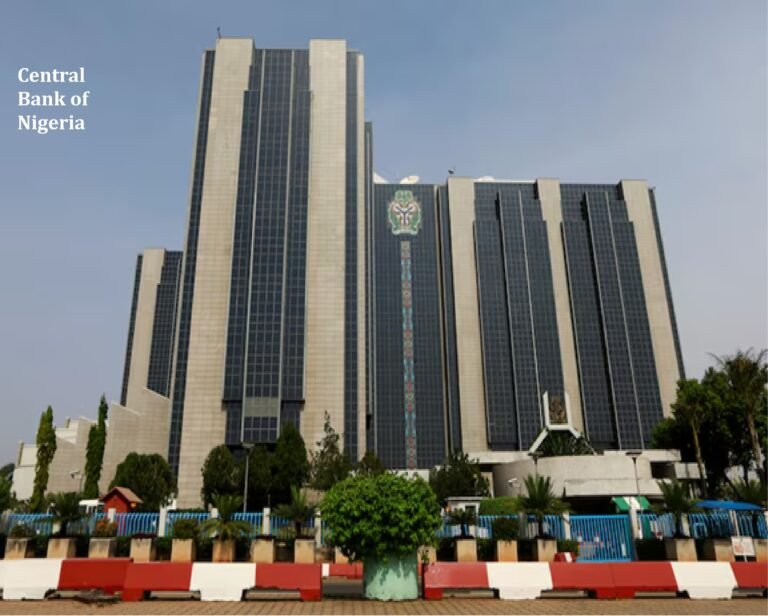
After weeks of uncertainty and mixed performance, global stock markets are showing signs of a steady recovery. Improved economic indicators, combined with easing inflationary pressures in key economies, have bolstered investor confidence and spurred optimism about the trajectory of the global economy in the second half of the year.
Economic Data Fuels Optimism
Recent economic reports from the United States, the European Union, and select Asian economies have painted a cautiously positive picture. The U.S. Labor Department reported steady job growth, with unemployment holding near historic lows. Meanwhile, inflation in the Eurozone has eased to its lowest level in over two years, supported by a decline in energy prices and stable consumer demand.
Asian markets also posted gains, led by the Nikkei 225 in Japan and the Hang Seng Index in Hong Kong. Analysts attribute this performance partly to strong manufacturing output and resilient export demand, particularly in technology and industrial goods.
Sector Performance and Market Drivers
Technology stocks have been among the biggest beneficiaries of this recovery, buoyed by strong quarterly earnings from leading semiconductor manufacturers and cloud service providers. Energy companies, which had experienced volatility earlier in the year due to fluctuating oil prices, have also shown renewed stability as supply and demand conditions balanced out.
Financial services, however, have had a more mixed performance. While major banks in the U.S. and Europe posted better-than-expected earnings, concerns remain about exposure to commercial real estate markets and ongoing regulatory pressures.
Investor Sentiment and Risk Appetite
Investor confidence has been aided by central bank signals that interest rate hikes may be nearing an end. The U.S. Federal Reserve and the European Central Bank have both hinted at a more measured approach to monetary tightening, suggesting that policymakers are willing to prioritize economic stability alongside inflation control.
Bond yields have stabilized, and emerging market currencies have shown resilience against the U.S. dollar, further supporting market recovery momentum.
Global Factors to Watch
Despite the encouraging signs, analysts caution that risks remain. Geopolitical tensions in certain regions, supply chain vulnerabilities, and the potential for renewed energy price shocks could still disrupt the recovery trend. Additionally, slower-than-expected growth in China’s domestic economy has tempered some of the optimism, especially for commodities markets and global trade flows.
International trade organizations have urged policymakers to remain vigilant, focusing on maintaining open trade channels and ensuring that fiscal and monetary policies work in tandem to support sustainable growth.
Outlook for the Coming Months
If current trends continue, many experts believe that global equity markets could maintain a gradual upward trajectory through the end of the year. However, they also note that market recovery will likely be uneven across regions and sectors, with technology and energy leading the gains while other sectors face more modest growth.
For investors, diversification remains a key strategy. Analysts recommend balancing exposure to high-growth sectors with defensive investments, particularly in times of lingering global uncertainty.
As markets continue to digest incoming data and central bank guidance, the consensus remains that patience and a measured approach will be essential for navigating the evolving global financial landscape.
Source:






